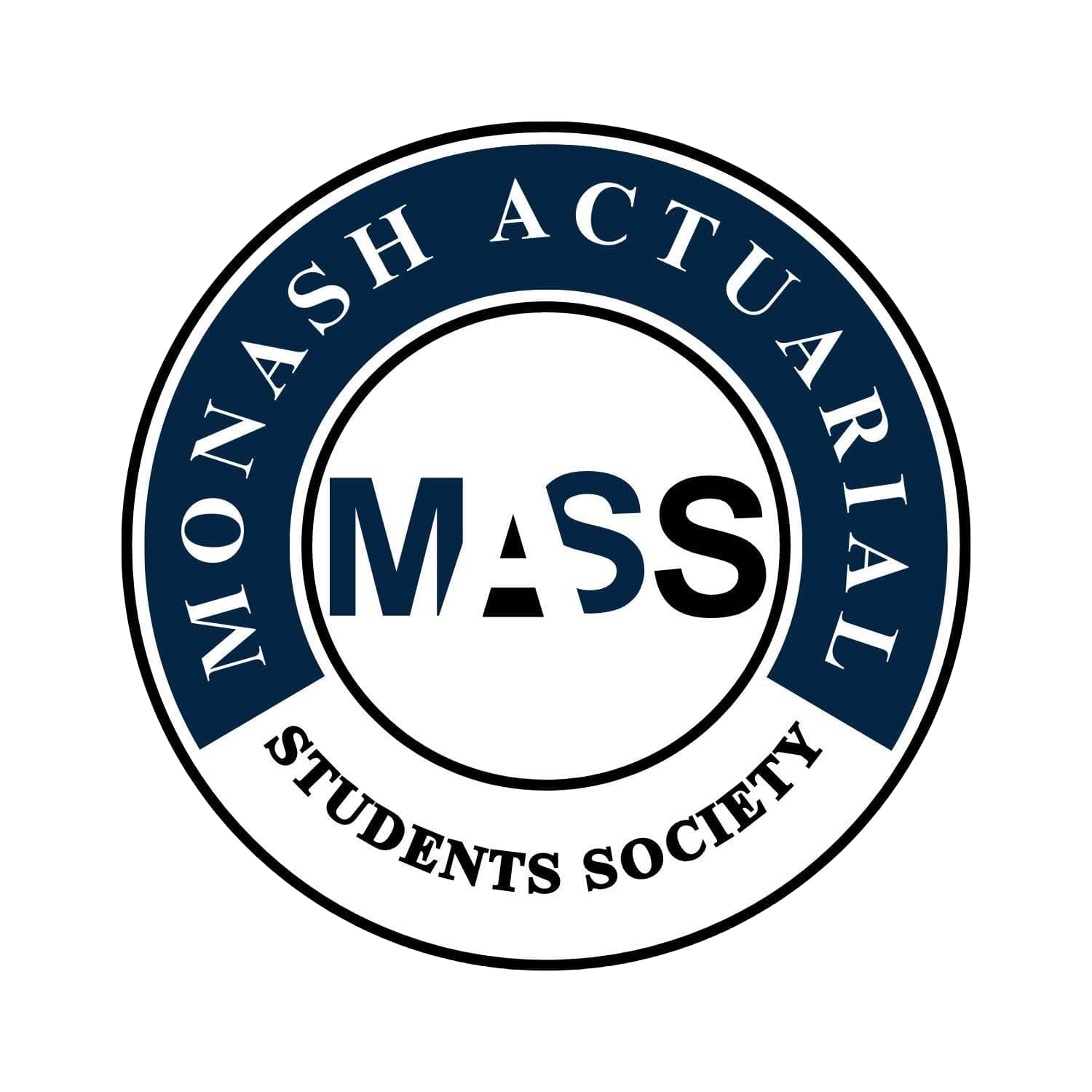ETC1000 Business and Economics Statistics
Difficulty:
Year Completed: Semester 1, 2022
Prerequisite: N/A
Exemption:
CS1 Actuarial Statistics
ETC1000 (25%), ETC2420 (25%), ETC2520 (35%), ETC3580 (15%)
CM1 Actuarial Mathematics
ETC1000 (10%), ETC2430 (35%), ETC3530 (55%)
Weighted average of 70% required. Minimum of 60% required
for each unit.
Mean Setu Score: 81.08%
Clarity of Learning Outcomes: 81.46%
Clarity of Assessments: 80.68%
Feedback: 74.75%
Resources: 82.04%
Engagement: 86.47%
Satisfaction: 81.07%
Subject Content:
Lecture(s) and Tutorial(s):
Textbook(s):
Assessments:
This unit is quite fun and easy to understand. The topics covered
in this unit are data analysis, data visualisation, hypothesis
testing, probability distributions, linear regression models, and
using models to predict and forecast.
(Varies) Lecture
1 x 2 hour tutorial
Business Analytics – Third Edition; Jeffery D Camm
Submitted Tutorial Quiz: 20% (8 classes, x 2.5% per class)
Group Project and Presentation: 20%
Final Exam: 60%
Comments
This unit provides a comprehensive explanation of the basics of
business analytics and using excel to analyse and extrapolate
from data. The concepts are simple in nature and are supported
with examples in the notes, along with step-by-step instructions
on how to replicate the analysis in excel on your own. The
assessments throughout the semester are not difficult but require
consistency. To do well in the final however, a very in-depth and
strong understanding of the content is required. The final exam
will not ask you to create a regression – but will instead ask what
the data analysis means and whether it was effective.
This unit provides a comprehensive explanation of the basics of
business analytics and using excel to analyse and extrapolate
from data. The concepts are simple in nature and are supported
with examples in the notes, along with step-by-step instructions
on how to replicate the analysis in excel on your own. The
assessments throughout the semester are not difficult but require
consistency. To do well in the final however, a very in-depth and
strong understanding of the content is required. The final exam
will not ask you to create a regression – but will instead ask what
the data analysis means and whether it was effective.
The tutorials started in week 1 and are 2 hours long, most weeks
you will finish early. There is a class quiz and a group quiz. The
class quiz is done as a class and all solutions are explained by the
tutor. Then there is a separate component – being the group quiz.
This can be completed in groups. The solutions to the quizzes are
released in the Moodle in the following week. The difficulty of
these quizzes will vary from week to week.
Submitted Tutorial Quiz: 20% (8 classes, x 2.5% per class)
- Quite straightforward
- Important to do practice questions and watch lecture
before hand
Group Project and Presentation: 20%
- Simple – not too complicated
- Is quite explicitly mentioned in the task outline what is
expected from the presentation
- Is important to evenly split up group work as it can become
overwhelming
Final Exam (60%)
- Covers whole unit content
- A mix of Multiple choice and short answer questions
- Is much harder in difficulty than the mid-sem
- Attempting all past papers will be beneficial, and the final is
very different to in class quizzes
The final exam is the only exam in this unit. It is 2hrs and 10 min in
length. A calculator and 2 sheets of blank paper are permitted.
The exam evenly covers the content of the whole unit. The
questions are of greater difficulty than the weekly tutorial
questions. So, attempting all the past papers would be beneficial,
as they are a better indication of what the final exam will be like.
The exam is a bit tight for time, so focus on time management in
your preparation.
Overall this unit provides a great foundation for future units.
Attendance in tutorials is very important. The final exam is very
different from the tutorials - so attempt the past papers well in
advance for the best outcome.
General Overview:
Lectures:
Tutorials:
Assessments/Other Assessments
Exams
Concluding Remarks

